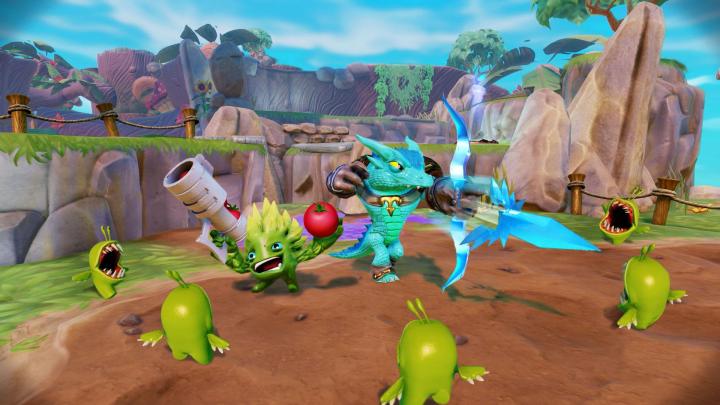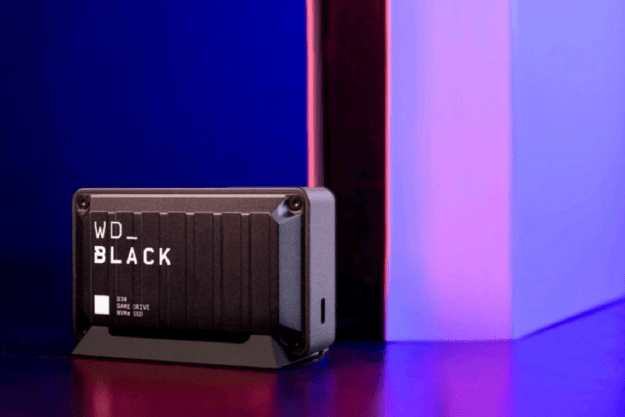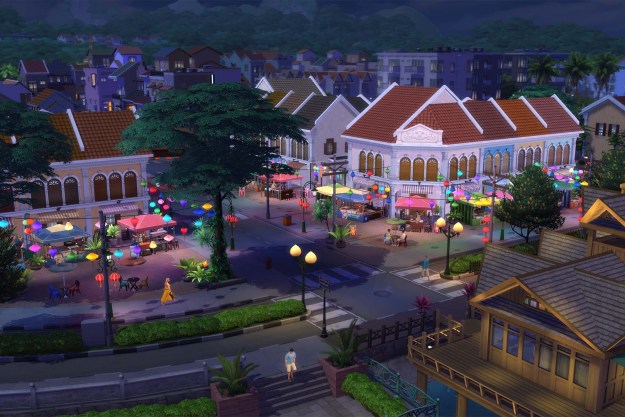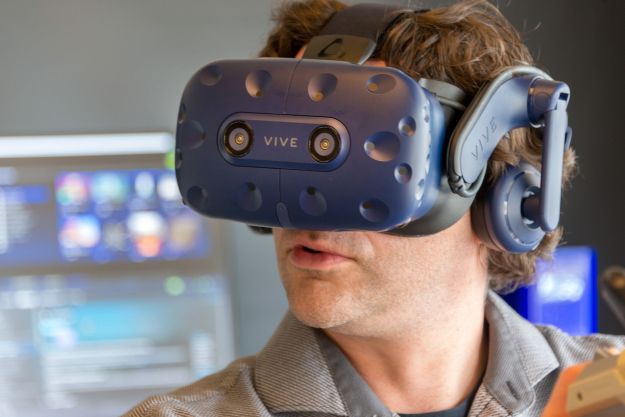
Activision has big plans for Skylanders. The October 5, 2014 release of Skylanders: Trap Team isn’t just coming to Nintendo DS and PlayStation/Wii/Xbox consoles — it’s coming to tablets as well. Yes, the full game, with all of the content from the console versions. It’s a first for mobile, and makes the new Skylanders one of the largest games we’ve ever played on a tablet.
Trap Team will be available for iOS, Android, and FireOS devices when it launches on October 5. The $75 starter pack includes a tablet-specific Portal, game controller (more on that below), the Snap Shot and Food Fight Skylanders figures, and a pair of Trap Stones. It’s the same basic makeup as the console-specific starter kit, except that the portal and game controller — both powered by AAA batteries — only work with the mobile version of the game.
The starter set works with all three mobile operating systems that Trap Team supports, and you’ll only need one set to play on all of them, which is another rarity for mobile games. Usually you’re tied to iOS or Android, but here, you get both. There’s no OS-specific redemption code or anything like that; your Portal is your ticket into the full game. Skylanders: Trap Team will be available in your app store of choice as a free download that features a demo experience that uses virtual characters and Trap Stones (so no need for a Portal). The details of the demo haven’t been finalized, but you’ll be able to at least try the game using virtual controls for no charge.
Once your Portal is paired, the full game unlocks and you’re presented with the opportunity to run either a partial, 3GB installation or a full 6GB installation. The full installation is just what it sounds like: the whole game. Those that opt for partial installation will want to have a Wi-Fi connection handy when they’re playing, because the content for the next level streams to the tablet as you’re playing the level before it. The app itself weighs in at 1GB, which makes it a-okay within Apple’s 2GB app restrictions; the post-download content install is a necessity for getting around that restriction.
Related: Take a first look at how Skylanders: Trap Team plays
The Portal resembles others that we’ve seen connected to Skylanders games since the series launched, with a few notable extras that make it mobile-friendly. There’s no cord, for one; it connects via Bluetooth — specifically the power-saving BLE variant. All power for the Portal comes from AAA batteries that we’re told run for roughly eight hours. There’s also a little slot on the side of the Portal the serves as a tablet kickstand, and the weight of the unit is balanced, so that the kickstand to support everything from an iPad Mini to the hefty Galaxy Note 12.1 Pro.
Then there’s the controller. The slightly-larger-than-palm-sized device fits into a compartment located underneath the Portal. It’s also powered by AAA batteries (roughly 6-8 hours of juice for this one). The rectangular controller is fitted with twin analog sticks that double as L3/R3 buttons, four face buttons, four shoulder buttons, start/select buttons, and a sync button. It’s a full-fledged console controller.

Like the Portal, the controller connects via BLE, though it only works with Skylanders: Trap Team. The purpose of that is to make for easy controller pairing; instead of going into your device settings and pairing from there, you simply press the sync button while the Portal is turned on and the controller connects. We asked why there’s a second analog stick on the controller for a game that doesn’t actually use it (Skylanders uses fixed camera angles); all we got in response was a sly grin and a comment about “future-proofing” the hardware. Take from that what you will.
As far as the game itself goes, the performance and graphics quality is on par with what you’d expect to see from the PlayStation 3/Xbox 360 versions of the game (provided you’re using a second-generation iPad Mini or something with equivalent power). The controller is small yet comfortable, but large-handed gamers might prefer to use a third-party Bluetooth controller, which Trap Team supports.
Flexibility is the key word here. You can play Trap Team with either the included controller or a third-party device, or you can play it right off the screen using virtual controls. You can play with the included Portal, taking advantage of any physical figures and Traps you might own, or you can skip the Portal entirely and use virtual versions of the characters and Traps included in the starter set. These virtual characters have a separate level progression from their physical figure counterparts, so there’s some value for completists to turning off the Portal.
There’s one thing that Toys For Bob is clear on: Don’t expect to buy additional virtual characters via microtransactions. Skylanders has always been about connecting virtual play spaces with physical toys, and that focus isn’t going to change. The “On the Go” characters and Traps (as they’re referred to) are meant to help differentiate the tablet release of Trap Team and give players the flexibility to keep playing when they’re not in a place that the Portal can be set up in, but that’s as far as it goes.
All told, this tablet version of Skylanders: Trap Team is just about the most impressive console-to-touchscreen translation we’ve yet seen. Everything about the game — from the app size restrictions workaround to the mobile-specific starter set to the basic performance of the game — indicates a level of polish and forethought that hasn’t always been evident in other console titles that have leapt to Android and iOS. This mobile take on Trap Team is an exciting proposition for Skylanders fans and mobile gamers alike. Look for it in stores alongside every other version of the game on October 5, 2014.
Editors' Recommendations
- Call of Duty made Crash Team Rumble a better multiplayer game, says dev
- Crash Team Rumble is coming out sooner than you think








